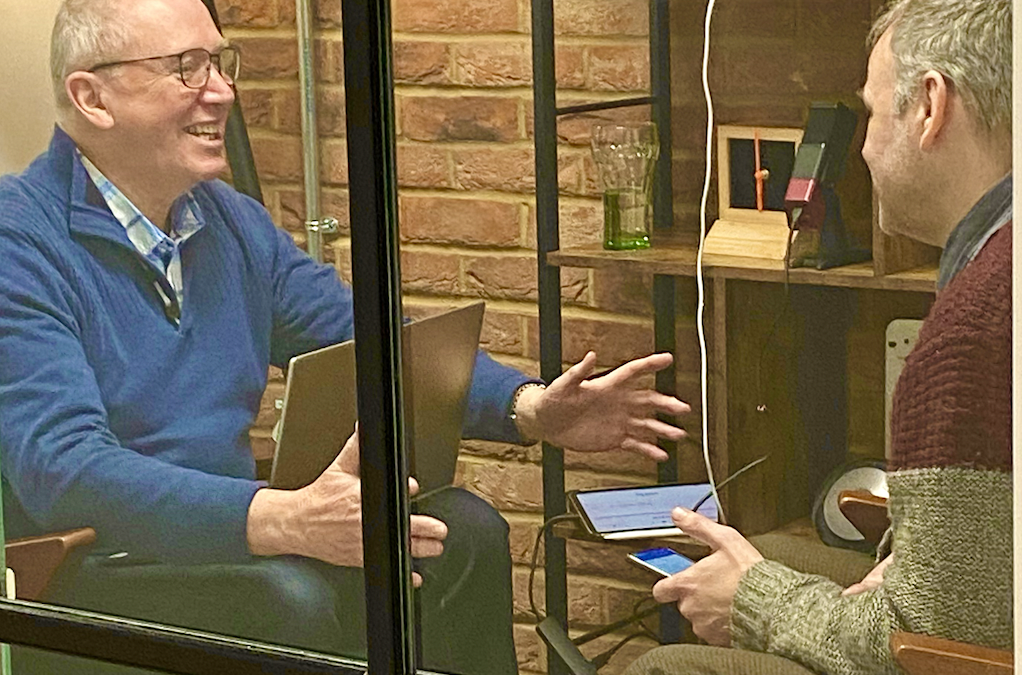Default drivers and Culturalising Technology
Understanding the meaning behind these two terms is profound when thinking about culture within a business and the role that technology has to play. Traditionally when reviewing business culture, areas such as leadership style, mission and values, or communication channels might come to mind, but technology and the way it is used is rarely considered. In this podcast interview with Richard Maybury, published exactly a year ago, we looked at how these very simple concepts can have a deep impact on everyday interactions and ultimately the functioning culture of a business.
‘Default drivers’ is a term Richard uses, in a slightly teasing sense, to encourage listeners not to be one! Not being a default driver, and thereby culturalising technology, means being intentional about the way technology is used. This can be achieved at an individual level, but it is even more powerful when it stems from decisions taken by the business that are then made part of the culture. Some examples:
- We will regularly update our status’ to indicate what we are working on
- We will only bounce an email thread three times before making time for a conversation
- We will regularly make use of open calls to include team members in the work we are undertaking
The decision to be intentional in technology use is something that SocialOptic have also been aware of recently in conversations with our customers, particularly when it comes to collecting and holding data. In order to feel confident in the security of their data, as well as being able to make better use of it, effectively manage their records of processing and know they are ready for any DSAR requests, more people are making the decision to reduce the number of adhoc platforms that are being used and centralise their data collection and storage to within the SurveyOptic platform.
Hybrid working
Culturalising technology becomes paramount when managing a distributed workforce. Maintaining connection, collaboration and culture are key challenges, and the use of technology is what knits them all together. In a remote environment it can be easy to loose sight of the fact that the world of work is relational. ‘Intentional visibility’ is essential. Setting organisational expectations around this and clarifying the reasons behind particular practices can help create a more cohesive and comfortable working environment for everyone involved. Where different teams and individuals use technology in their own unique ways, this leads to potential miscommunications or misunderstandings. Some teams may prefer to have their cameras off during calls, for example, while others may use cameras to foster a sense of connection. When teams with different practices come together, feelings of alienation or distrust can arise from the gaps in understanding.
Revisiting the podcast a year later is still a fascinating listen and remains remarkably relevant. In that time, how much have we done to be intentional or even aware of our technology usage? Maybe this can serve as a reminder to conduct an initial mini-audit to see what surfaces.
You can find Richard on LinkedIn and you can listen to the full episode on the WorkTogether podcast.

